Start with the fundamentals: product quality. When evaluating garlic, look for firm bulbs with tight, unbroken skin and a strong, pungent aroma—this indicates high allicin content, the compound responsible for many of garlic’s health benefits. The best garlic should show no signs of sprouting or yellowing. For ginger, prioritize firm rhizomes with smooth skin and a vibrant beige color. The flesh should be juicy with minimal fibers, especially if you’re sourcing young ginger for processing. Always request physical samples before committing to large orders, as photos can be misleading. Pay particular attention to moisture content; properly dried products prevent mold growth during transit and storage.
Certifications tell a crucial story about a supplier’s reliability. Reputable suppliers will readily provide documentation proving compliance with international standards like HACCP, ISO 22000, or FSSC 22000 for food safety. If you’re dealing in organic products, look for USDA, EU Organic, or JAS certifications. Export licenses demonstrating compliance with FDA, EFSA, or GCC regulations are non-negotiable for smooth customs clearance. Be wary of suppliers who hesitate to share these documents—transparency is the first indicator of professionalism.
Understanding a supplier’s production methods helps predict consistency. Inquire whether they own their farms or work with contracted growers. Farm ownership often translates to better quality control. Ask about pesticide use and request recent pesticide residue test reports. Harvesting methods matter too—hand-harvested ginger and garlic typically suffer less damage than machine-harvested products. Processing facilities should maintain strict hygiene protocols, with clear procedures for peeling, cutting, and drying. Low-temperature drying methods better preserve the bioactive compounds that make these spices valuable.
Logistics capability often separates adequate suppliers from exceptional ones. Examine their packaging methods: fresh garlic and ginger require ventilated mesh bags to prevent moisture buildup, while processed products need vacuum-sealed or nitrogen-flushed packaging. Reliable suppliers offer refrigerated transport options for fresh products and can provide estimated lead times for different shipping methods. Their familiarity with export documentation—certificates of origin, phytosanitary certificates, and other customs paperwork—can prevent costly delays at borders.
Financial considerations extend beyond the unit price. While comparing quotes, factor in processing levels (peeled, sliced, or powdered products command higher prices), order volumes (container loads typically receive discounts), and payment terms. Standard practice involves a 30% deposit with the balance paid before shipment, though letters of credit provide additional security for new partnerships. Clarify whether prices are quoted FOB (Free on Board) to understand who bears shipping costs.
A supplier’s reputation offers invaluable insights. Check their profiles on B2B platforms like Alibaba or TradeKey for transaction history and buyer ratings. Request references from existing clients, particularly those in your target market. A quick online search might reveal customer complaints about consistent quality issues or shipping delays. Suppliers with long-term client relationships generally prove more reliable than those constantly seeking new buyers.
Responsiveness during the evaluation phase predicts future communication. Note how quickly and thoroughly they answer your questions about minimum order quantities, shelf life, and customization options. Suppliers who proactively address concerns and offer solutions demonstrate the kind of partnership mentality that ensures smooth business operations. Those who delay responses or provide vague answers may continue this pattern after orders are placed.
Building a successful supplier relationship requires clear expectations. Before finalizing contracts, discuss quality control procedures in detail. Will they conduct lab tests for each batch? What’s their policy for replacements if a shipment fails inspection? Establishing these protocols upfront prevents disputes later. Consider starting with a trial order to assess their reliability before committing to larger volumes.
The global garlic and ginger market offers tremendous opportunities, but success hinges on selecting the right supply partner. By methodically evaluating these factors—quality standards, certifications, production practices, logistics capabilities, pricing structures, reputation, and communication—you position your business for long-term growth. The ideal supplier becomes an extension of your team, contributing to your product quality and customer satisfaction.
For importers seeking premium garlic and ginger, the search for the perfect supplier may require time and due diligence, but the payoff in product consistency and supply chain reliability makes the effort worthwhile. The spice trade rewards those who prioritize quality and partnership over short-term cost savings alone.
_画板-1-scaled-1-e1752487707555.png)
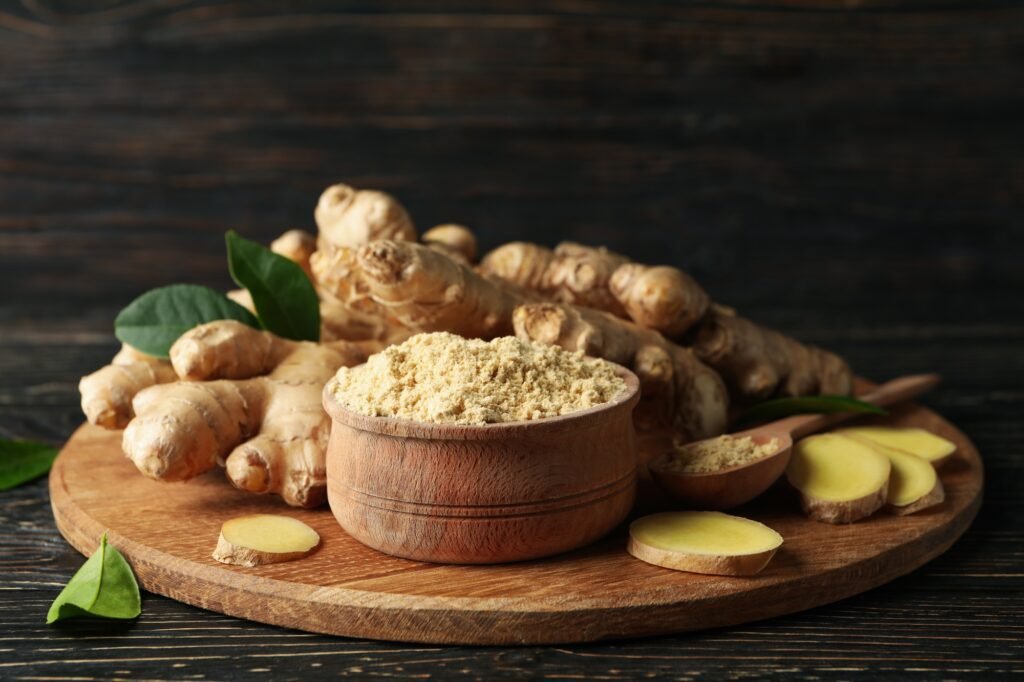
_画板-1-scaled-1-e1752487707555-300x245.png)
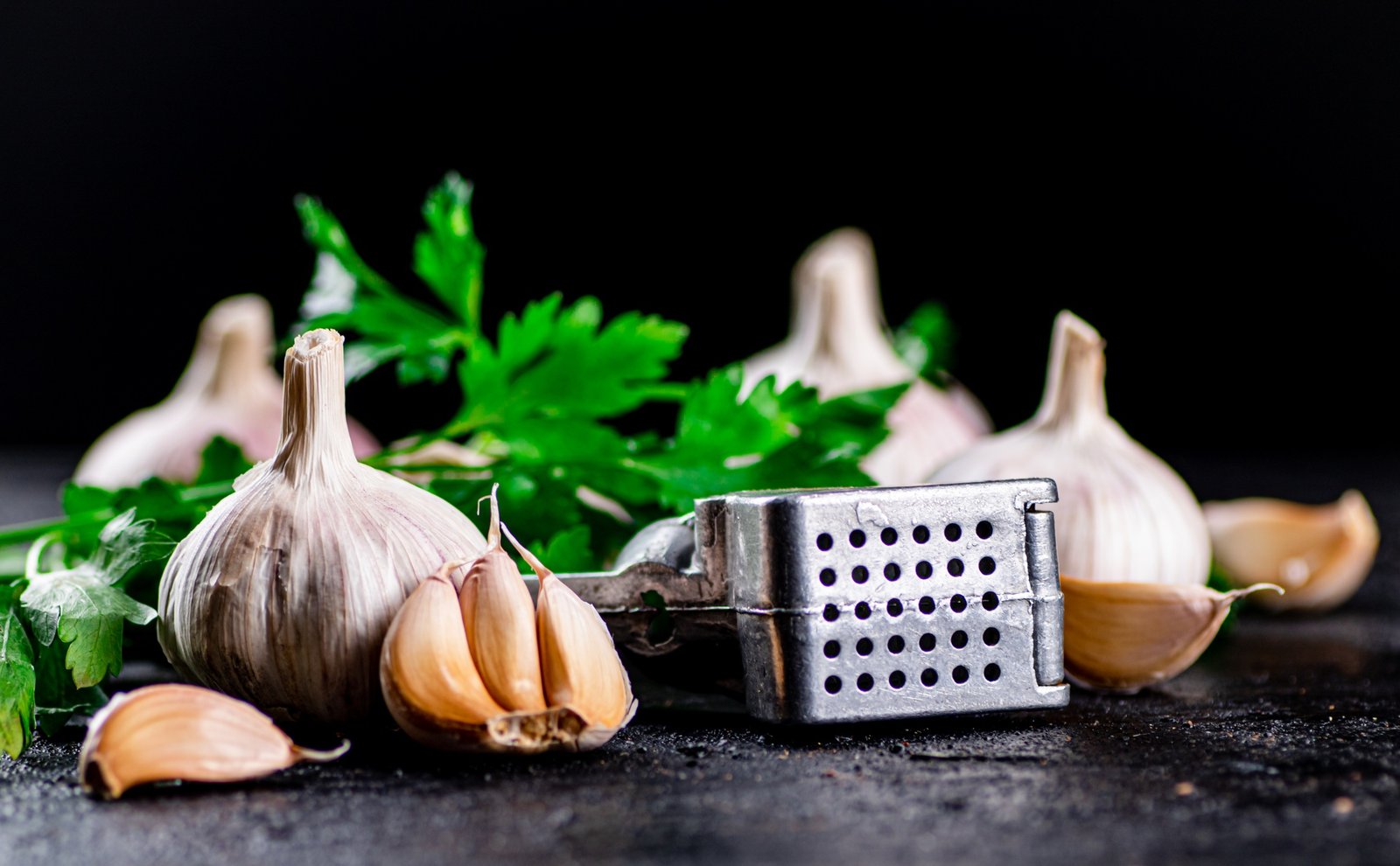
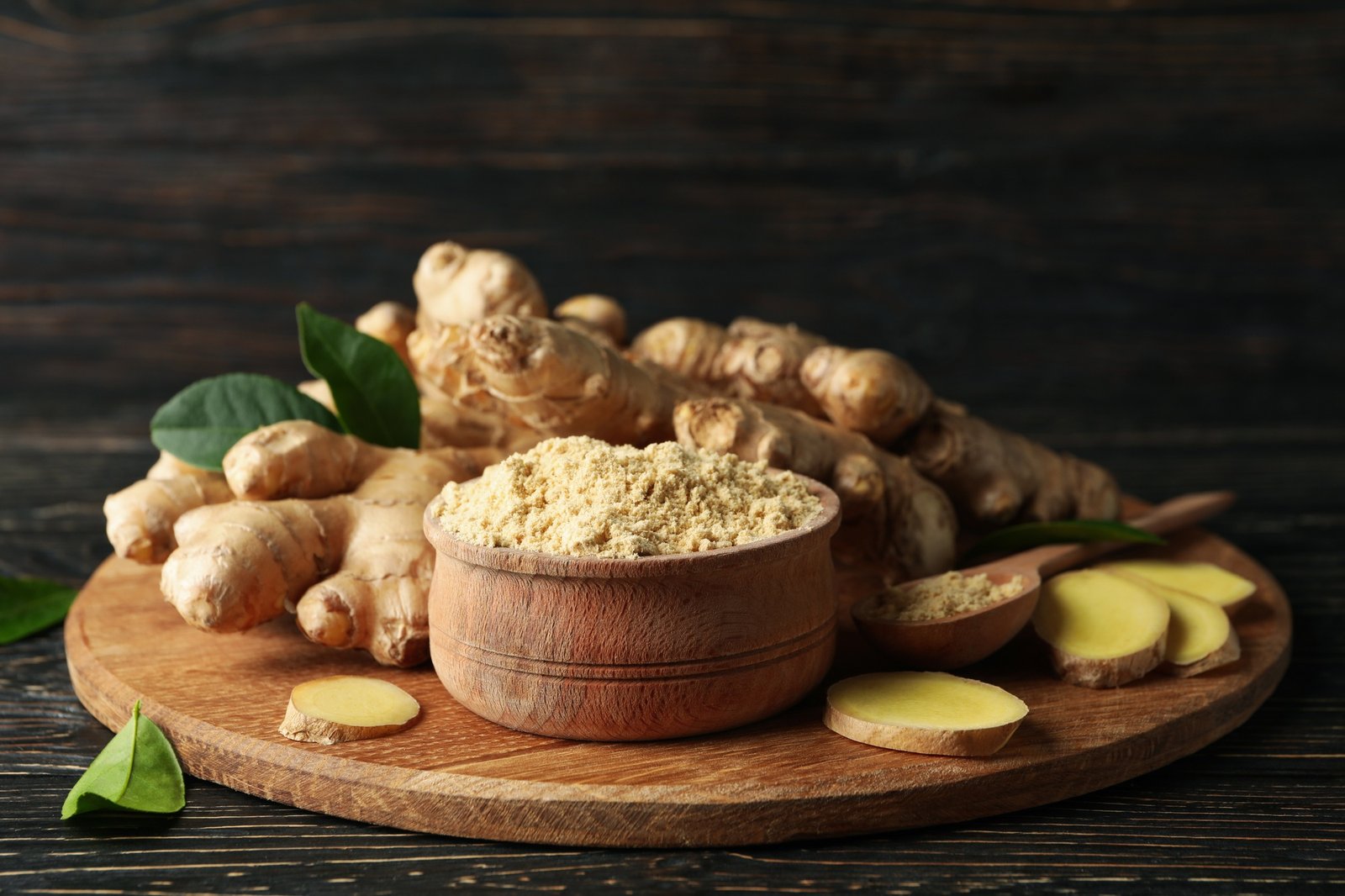
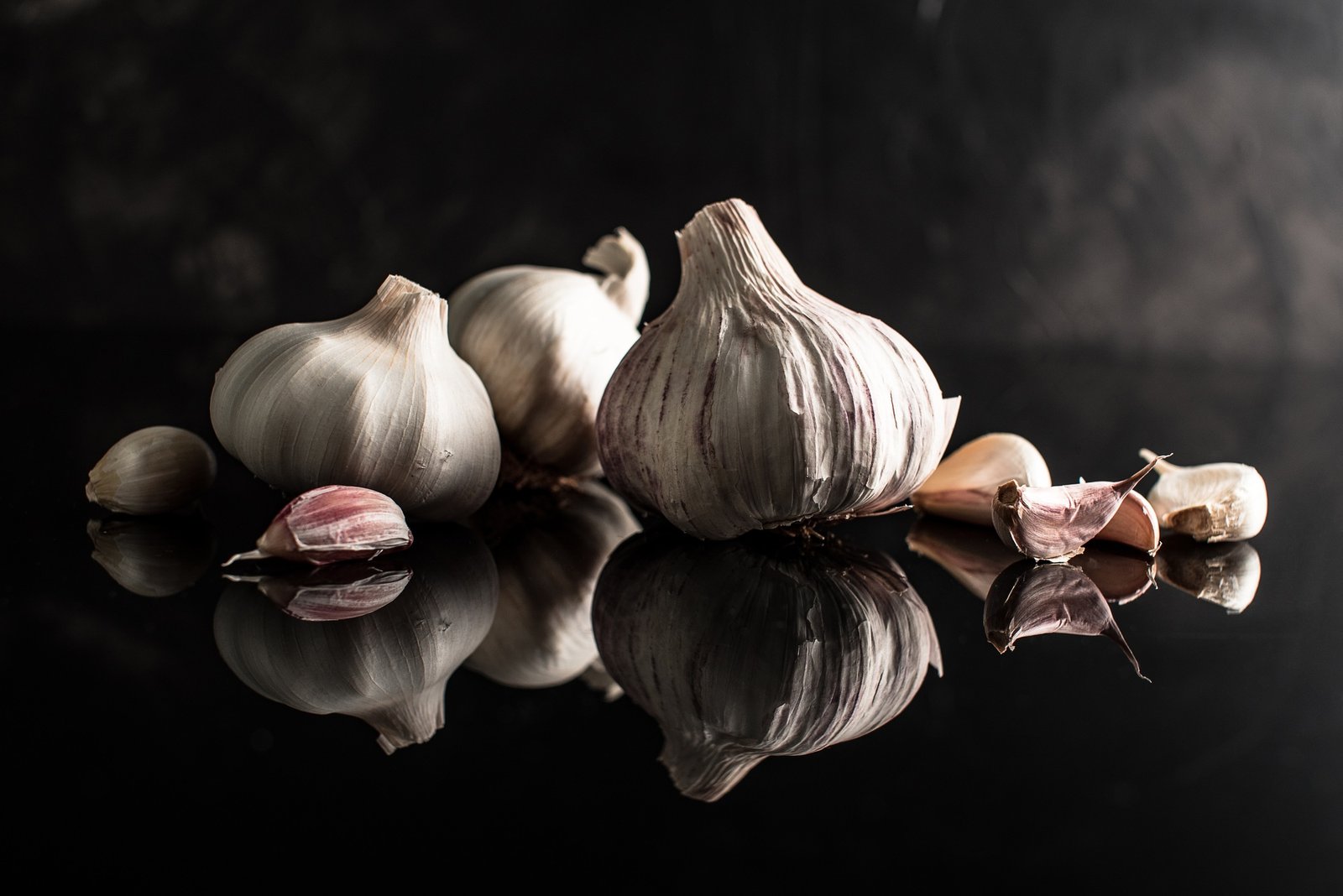
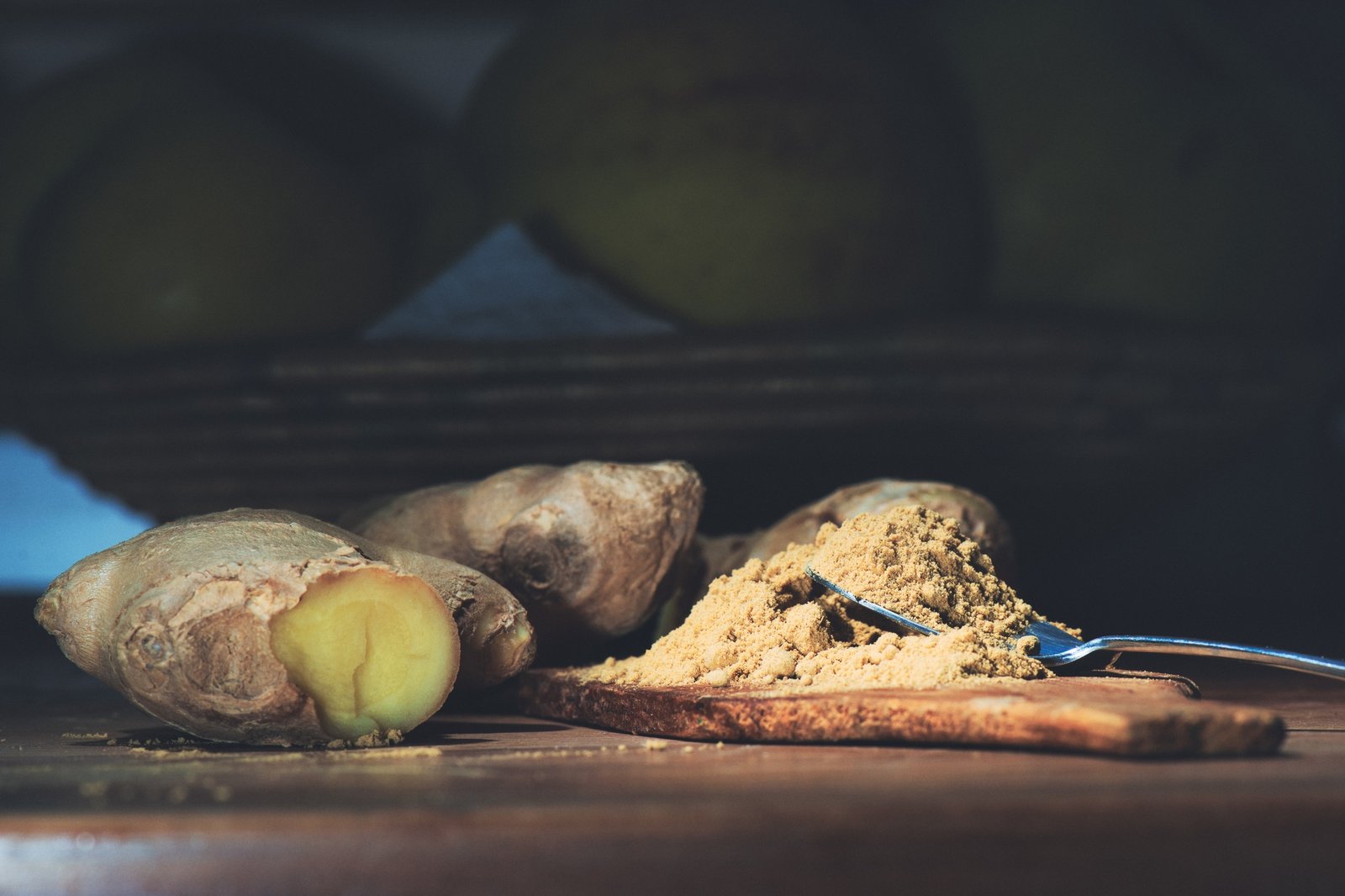
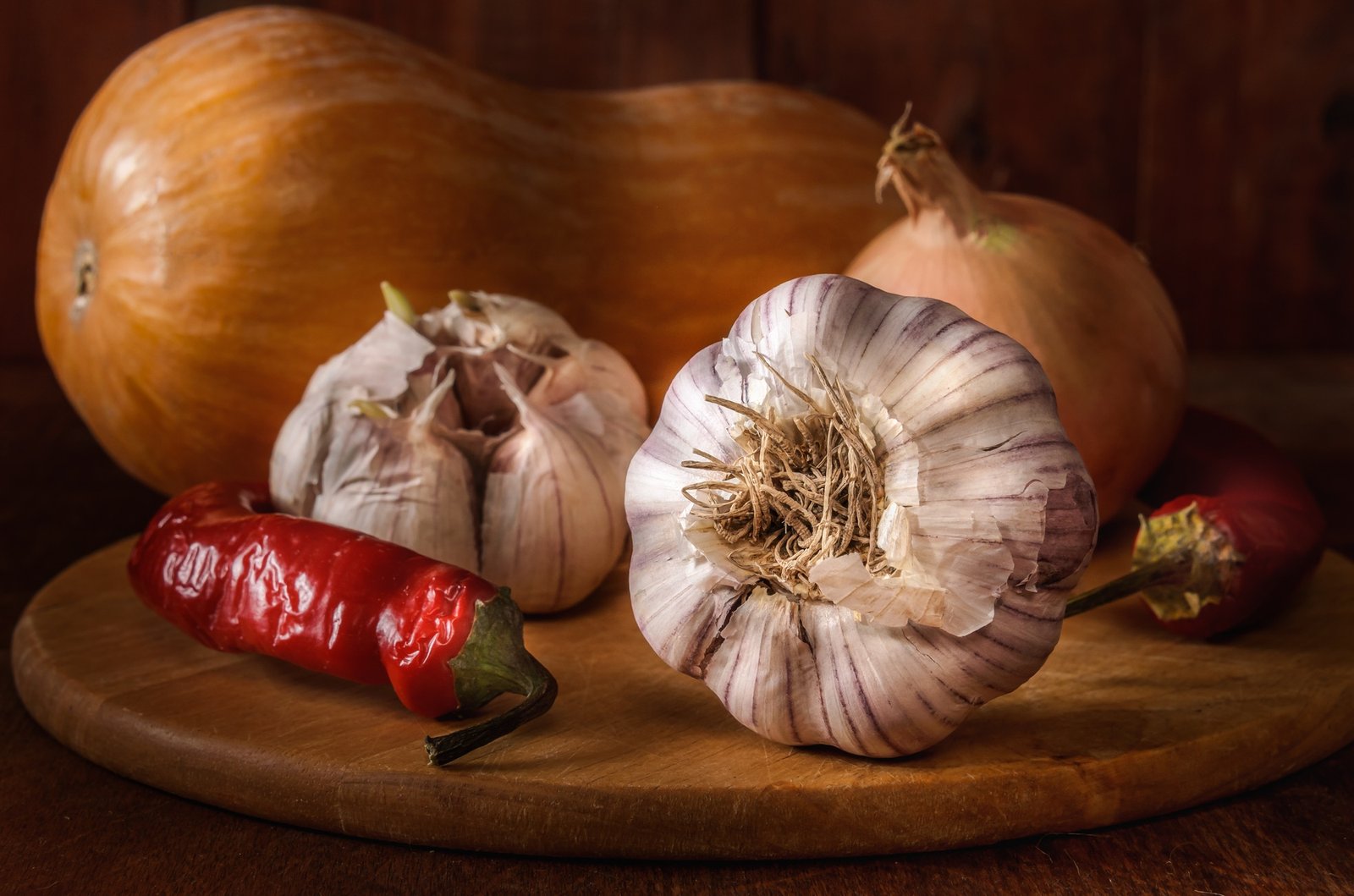

_画板-1-scaled-1-e1752487707555-r8qq581yri718q8whu8401blt9qn6hxzjumknhrdlq.png)